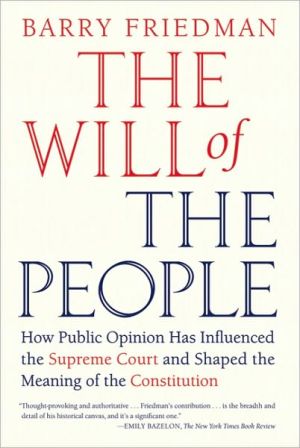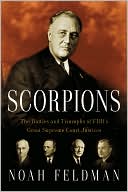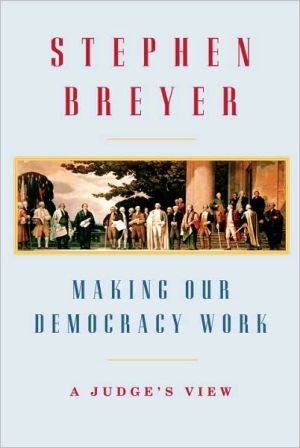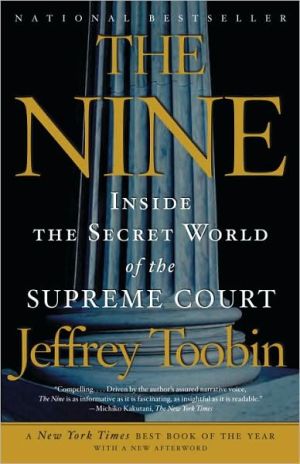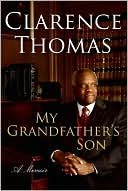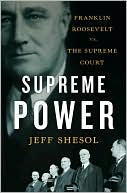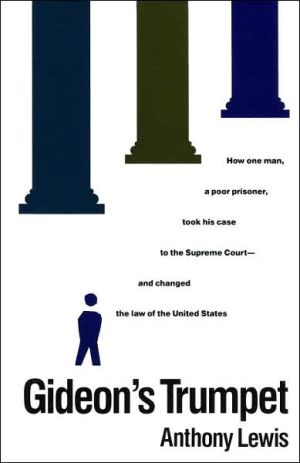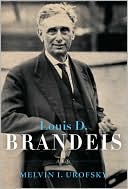The Will of the People: How Public Opinion Has Influenced the Supreme Court and Shaped the Meaning of the Constitution
In recent years, the justices of the Supreme Court have ruled definitively on such issues as abortion, school prayer, and military tribunals in the war on terror. They decided one of American history’s most contested presidential elections. Yet for all their power, the justices never face election, and hold their offices for life. This combination of influence and apparent unaccountability has led many to complain that there is something illegitimate—even undemocratic—about judicial...
Search in google:
In recent years, the justices of the Supreme Court have ruled definitively on such issues as abortion, school prayer, and military tribunals in the war on terror. They decided one of American history’s most contested presidential elections. Yet for all their power, the justices never face election and hold their offices for life. This combination of influence and apparent unaccountability has led many to complain that there is something illegitimate—even undemocratic—about judicial authority.In The Will of the People, Barry Friedman challenges that claim by showing that the Court has always been subject to a higher power: the American public. Judicial positions have been abolished, the justices’ jurisdiction has been stripped, the Court has been packed, and unpopular decisions have been defied. For at least the past sixty years, the justices have made sure that their decisions do not stray too far from public opinion.Friedman’s pathbreaking account of the relationship between popular opinion and the Supreme Court—from the Declaration of Independence to the end of the Rehnquist court in 2005—details how the American people came to accept their most controversial institution and shaped the meaning of the Constitution. The New York Times - Emily Bazelon …[a] thought-provoking and authoritative history of the Supreme Court's relationship to popular opinion…Friedman's contribution to this discussion is the breadth and detail of his historical canvas, and it's a significant one.
Introduction 31 Conception 192 Independence 443 Defiance 724 Control 1055 Constituency 1376 Law v. Will 1677 Acceptance 1958 Limitations 2379 Interpretation 28010 Activism 323Conclusion: What History Teaches 367Notes 387Acknowledgments 591Index 595
\ Emily Bazelon…[a] thought-provoking and authoritative history of the Supreme Court's relationship to popular opinion…Friedman's contribution to this discussion is the breadth and detail of his historical canvas, and it's a significant one.\ —The New York Times\ \ \ \ \ Publishers WeeklyRather than a cloistered priesthood interpreting a sacred text, the Supreme Court is a canny group of political operators, argues this fascinating revisionist constitutional history. NYU law prof Friedman lucidly chronicles the Court's fraught relationship with presidents, Congress and the states, who have defied, threatened and rejiggered the Court when its rulings offended them. The Court has nonetheless made itself felt, Friedman argues, by cultivating powerful constituencies and aligning with prevailing winds: it became the handmaiden of Progressive-era industrialists and now reliably (and for the good, Friedman thinks) locates the moderate consensus on vexed issues like abortion and gay rights. Friedman offers a fresh, dynamic rethinking of the role of the Constitution and the Court that puts democratic politics at the center of the story. (Oct.)\ \ \ Library JournalFriedman (law, NYU Law Sch.) offers an exhaustively researched book on the effect of public opinion on the Supreme Court from the Revolutionary period up to the end of the Rehnquist Court. Each section of the book covers a period of the Court's history. The first section points out the weakness of the Court in its early years, which Friedman illustrates by citing public opinion as drawn from newspaper editorials. In later chapters, he uses editorials and polls to illustrate the increasing strength of the Court. The author points out that the Court has always been subject to public opinion, citing the famous example of the Court-packing scheme of 1937. Public opinion turned against the Court as justices repeatedly struck down New Deal legislation, which spurred FDR to threaten passage of laws that radically changed the Court's structure. The justices reacted by upholding key New Deal legislation. VERDICT Serious and academic in tone, this book tackles a complex subject. Readers looking for a straightforward history of the Supreme Court should look elsewhere, but Supreme Court watchers, those interested in law, and students of law and political science will enjoy this book.—Becky Kennedy, Atlanta-Fulton P.L.\ \
